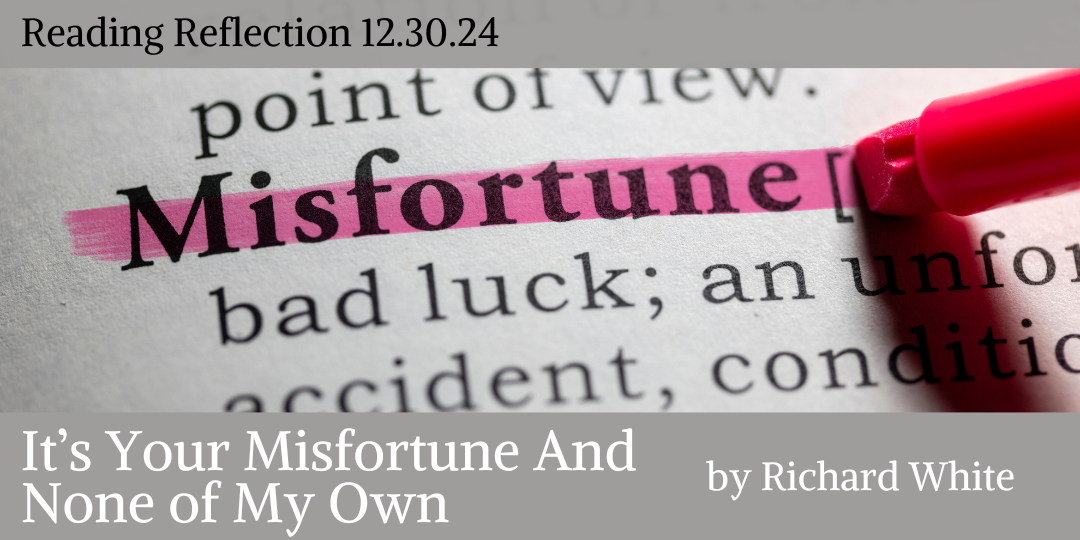This is a bit of a recap of the New Mexico History course that I took with Dr. Jerry Wallace at NMSU during the Fall of 2024. Dr. Wallace mentioned this book more than once in both New Mexico History and the other course I took with him, the Making of the American West. It’s clear that he got a lot from this book, I think, especially regarding the way people think about— or the myth—of the West. Wallace is a White fan, I think, and so far, so am I. I read pieces of this book while researching my saloon paper, but now I want to read it cover to cover. It’s huge, though, so this is a read at home book, not a take around town book.
White begins by talking about the definition of the west, geographically. He says it’s accessible from outside, and divided inside. That seems to me true, as one issue I had with the Making of the West course is that it was simply too broad. The whole idea of the American West is just too broad. New Mexico is another planet compared to Washington State, and as Wallace continually pointed out over the two courses, even within states, regions are vastly different (Northern and Southern NM, AZ, Nevada; Eastern and Western Texas and Kansas). I think these things have to be looked at more regionally, and fluidly. Hard to do in a 16-week course, but I can do it in my own time.
Chapter One begins with a recap of the Spanish entrance into New Mexico. The biggest takeaway here is that the Spanish, eventually, integrate with the Pueblo people, changing both societies. The Pueblo Revolt, and temporary exit of the Spanish, created an opportunity for surrounding peoples, principally the Navajo, Apache and Comanche, to attack, and those raids again changed all of the above societies, due to the introduction of tools, tech, animals, crops and germs. Everything is always connected. When the Spanish come back, they, more than ever, need the Pueblo for defense, and they become more and more one people, with mestizos, mulattoes and an elaborate caste system based on land and, ostensibly, honor. Increasingly, there are simply fewer “pure” Spaniards, regardless of what some claim today. He doesn’t say if the caste system was codified like it was in Mexico after the arrival of the Spanish, or simply traditional, but in either case it was very fluid—due to the poverty of the place in general, and to its location far from the center of government and oversight. There simply wasn’t enough wealth for the elite to rise all that far above the peasants, and White notes that while class divisions existed, the distance from the top to the bottom was not as far as it was in many other societies. Much of this had to do with the communal land grants, which kept the elite from owning a majority of available land. I’m really interested in the land grants, and the effects they’ve continued to have on New Mexico. I hope White gets into that later in the book.
There is also a section on intermarriage, and strategic marriages that go along with the concept of honor being a vehicle to raise in class. Two things here: First, if they could raise their status through honor, that’s kind of reminiscent of one of the Christian religions of the early British North Americans. It’s similar, but I need to think about it more. Second, the strategic nature of marriage reminds me of the Holy Roman Empire. And of Kit Carson and early New Mexico Governor Charles Bent, who both married into either Indian or Spanish families (again, I don’t remember the exact details of these marriages, just that the cynic in me believes it was, or may have been, status or money more than love).
More to come, and by the way, Dr. Wallace at NMSU is a great professor who I highly recommend. 5 stars.
